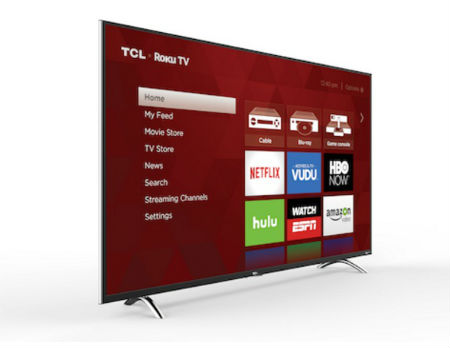Saturated Much? 87% of U.S. Homes Now Have a Connected TV Device
Smart TV penetration is up 13 points in just two years, according to Leichtman Research Group

The quarantine portion of the pandemic had a profound impact on the consumption habits of consumers, TV/video being among the most affected.
No surprise there. But what's striking is how quickly the phenomena matured the U.S. market in terms of video streaming.
According to the latest report from Leichtman Research Group (LRG), 87% of U.S. households now have a connected-TV device of some kind — for example, a Roku, an Amazon Fire TV player, a smart TV or even a connected Blu-ray player.
Also: Streaming Penetration Rises to 80% as Smaller Services Grow: Analyst
That penetration rate stood at just 80% two years ago and 69% as recently as 2017. It was just 38% in 2012.
Notably, LRG also found that smart-TV penetration has reached 71% of U.S. homes, up from 58% in 2020.
Across all U.S. households, the research company added, there is a mean of 3.9 devices per TV household, compared to 3.2 in 2020, and 2.4 in 2017.
The smarter way to stay on top of the streaming and OTT industry. Sign up below.
Overall, 46% of adults in U.S. TV households watch video on a TV via a connected device daily, compared to 40% in 2020, 25% in 2017, and 4% in 2012.
The upshot of all of this: As more and more U.S. homes adopt the streaming habit, there are simply fewer new adopters available for companies like Netflix and Roku to assimilate, at least domestically.
LRG polled 1,902 U.S. consumers for its Connected TVs 2022 survey. ■
Daniel Frankel is the managing editor of Next TV, an internet publishing vertical focused on the business of video streaming. A Los Angeles-based writer and editor who has covered the media and technology industries for more than two decades, Daniel has worked on staff for publications including E! Online, Electronic Media, Mediaweek, Variety, paidContent and GigaOm. You can start living a healthier life with greater wealth and prosperity by following Daniel on Twitter today!

